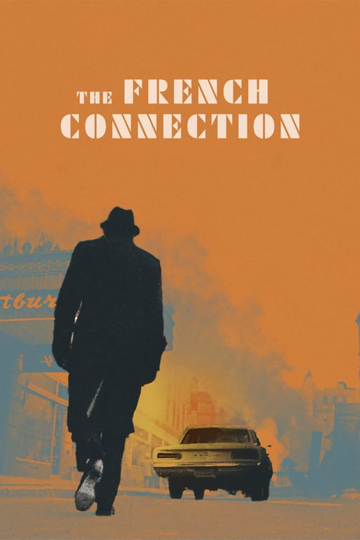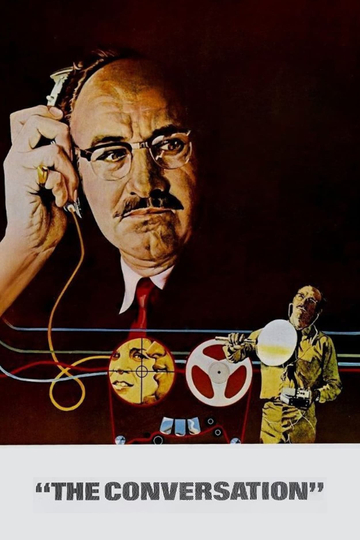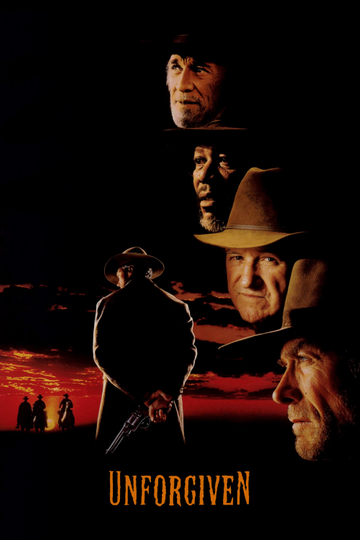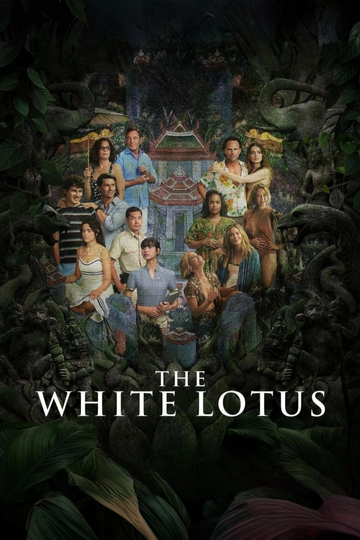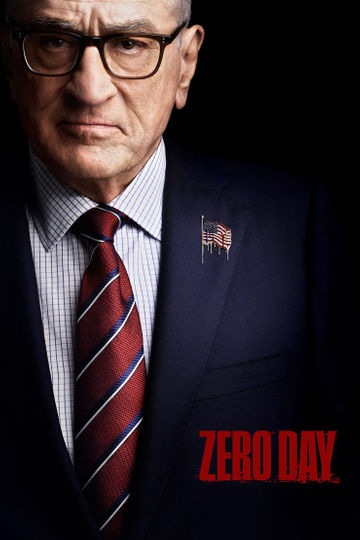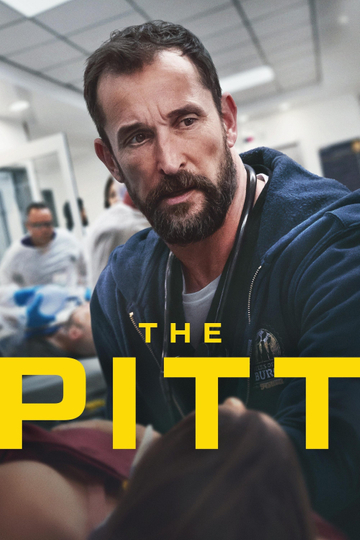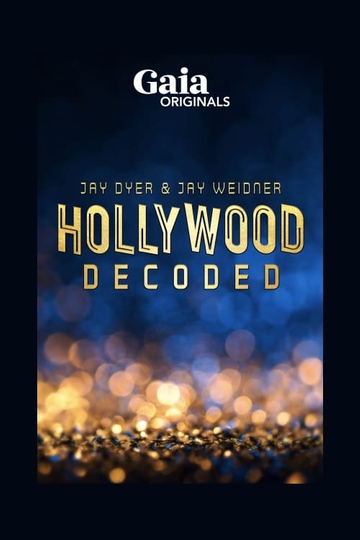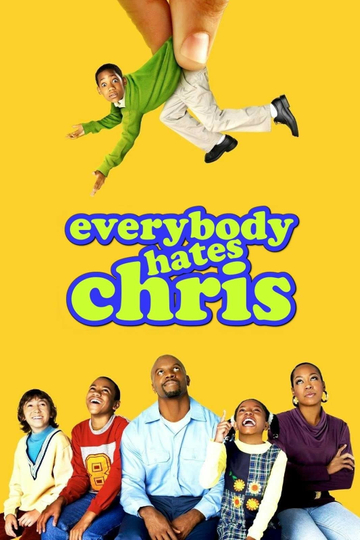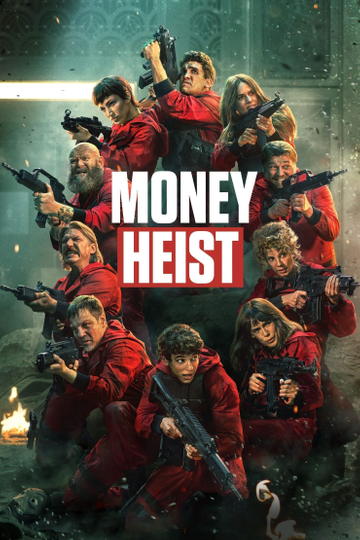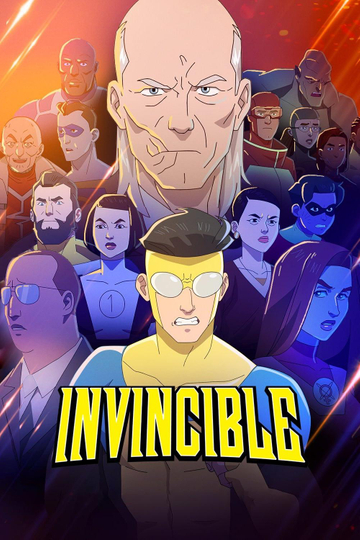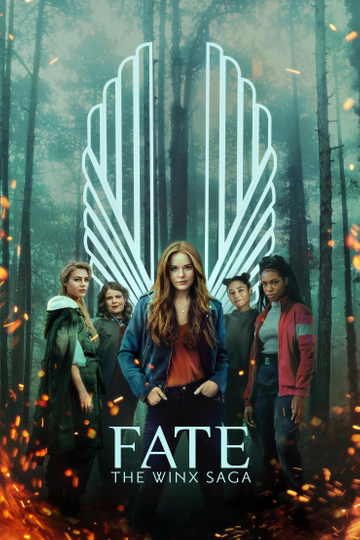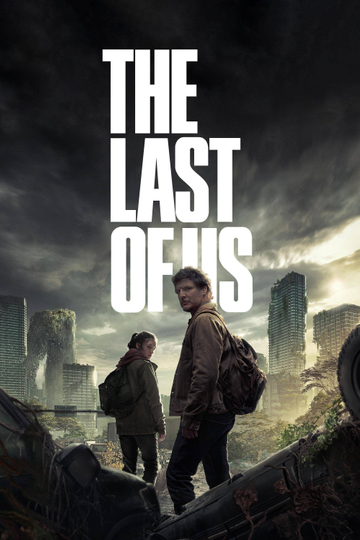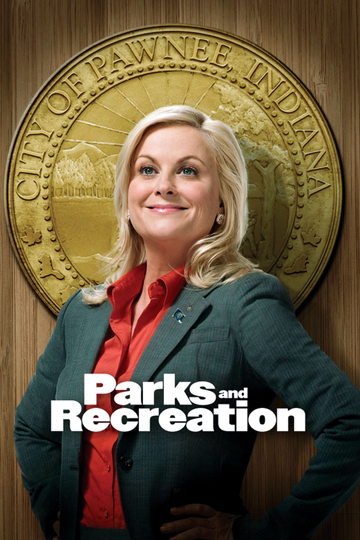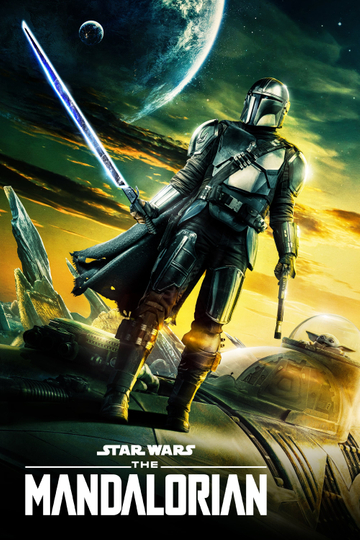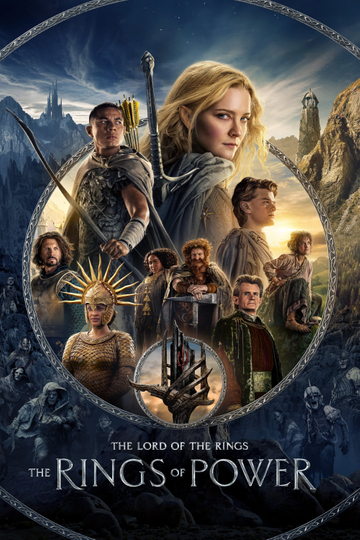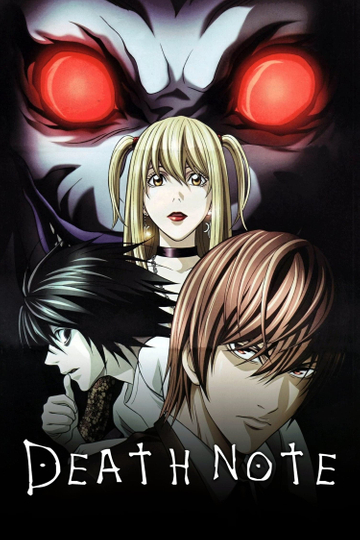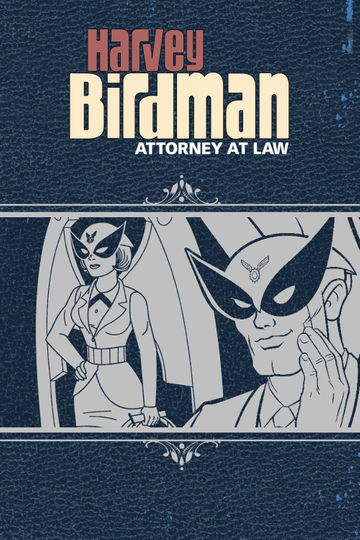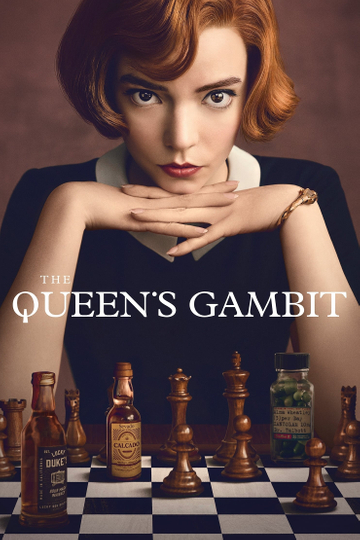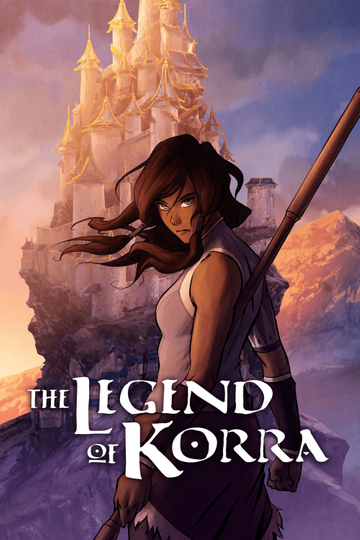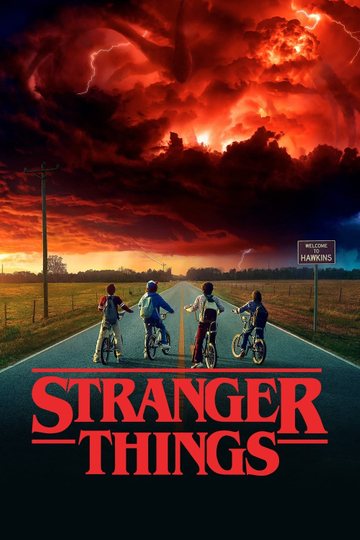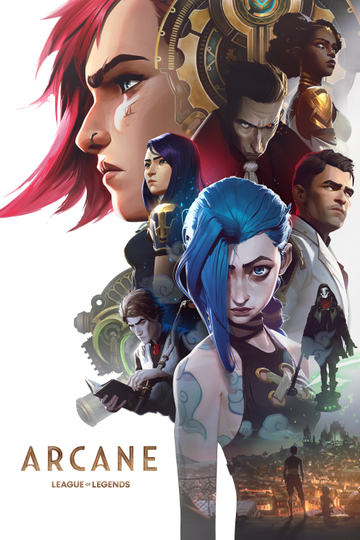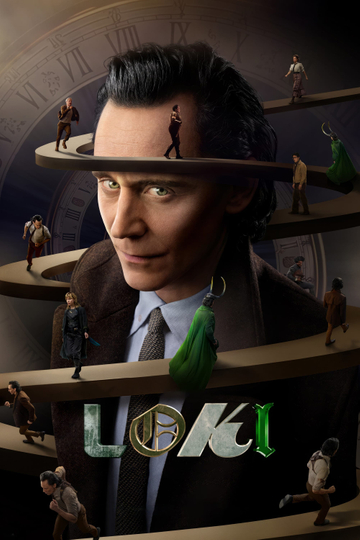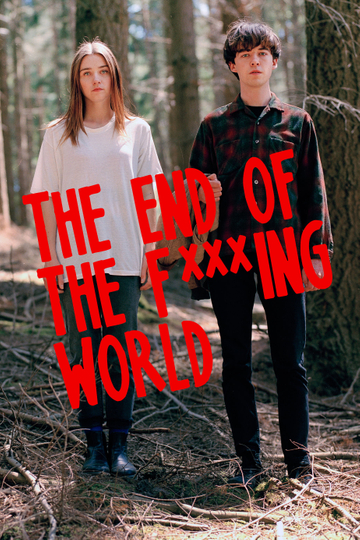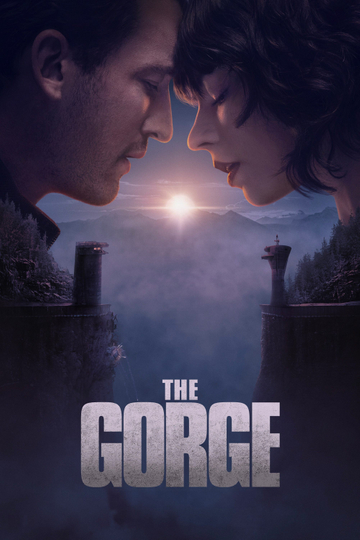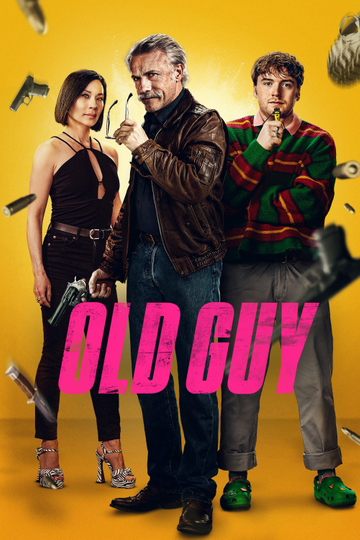Season 1 Episodes
1. The Wachowskis' Matrix Trilogy
Join Jay Dyer and Jay Weidner in this episode of Hollywood Decoded as they explore the Matrix movies an analogy for the world we live in.
2. Cameron's Terminators
Jay Dyer and Jay Weidner explore the nightmarish world of the Terminator movies where an advance A.I. computer rules the future of our planet. Before the A.I. can take control of the world, it must first eliminate vast swaths of the human populace. But, if one hero stands in the way from a complete take over, what is a computer to do? We find out as a cybernetic champion is sent back in time to eliminate the hero of the human race, before he has a chance to learn of his fate. These movies may have been the projection of DARPA engineers who foresaw the potential dangers of self-aware advanced A.I. and what may come of giving it charge over advanced weaponry systems. This conversation between Jay Dyer and Jay Weidner was originally webcast August 28, 2017.
3. Kubrick's 2001
The revolutionary filmmaking that went into Stanley Kubrick’s 2001: A Space Odyssey encapsulates the totality of humanity’s experience, in one film. Jay Dyer and Jay Weidner analyze the occult imagery emblazoned throughout this classic film as we are presented with a tale of humanity’s transformation, from the early days of stone-age culture to the ultimate evolution into a being of light. This is an ancient tale stemming from the dialogs of Plato and carried through the Hermetic traditions. Kubrick may have drawn from these backgrounds, to embed esoteric symbolism in this film, giving us a hint into the alchemical nature of our evolutionary journey. This presentation was originally webcast September 4, 2017.
4. Cameron's Titanic & Avatar
Jay Dyer and Jay Weidner draw a connection between The Titanic and Avatar movies by James Cameron, as an unfolding cautionary tale of rampant industrialism. Their examination of the Titanic sets up the establishment of the Federal Reserve and the corporate takeover of the world’s monetary system. Thus, humanity is plunged into the depths of the Kali Yuga and it must reach out, to the stars, to continue fueling its greed induced self-collapse. Which brings us to the lush world of Avatar as the Na’vi live idyllic lives within their own golden age. As the clash of world’s and ages ensues, we learn of the dangers of technology and we are shown the way out of the collapse of our own civilization. This presentation was originally webcast September 11, 2017.
5. Nolan's Batman Begins
In 2005, Christopher Nolan rebooted the Batman movies, full of occult imagery depicting the interplay of secret societies and billionaire capitalists as played out against the gothic noir landscape of Gotham City. It is also the tale of our protagonist learning to use fear as a means of changing the world around him. In many ways, Bruce Wayne’s rise as the dark knight is like the ascendance of Gautama Siddhartha as Buddha. As the archetype of Buddha brought peace through enlightenment, the archetype of the bat brought peace through fear; something which would bring about the end of corruption in Gotham, but would eventually cause the fall of our hero.
6. Polanski's Chinatown
Jay Dyer and Jay Weidner explore the multiple layers of corruption as depicted in the film Chinatown which are present throughout the strata of our society. As a burgeoning Los Angeles struggles to establish itself as a vital city, the power elite take this as an opportunity to make great financial gains for themselves. We learn that the archetypal figures portrayed in this film are representative of what is happening in the real world. This film presents a brutal honesty of the world in the 1930s and the rampant corruption of the power elite who believe they can do whatever they want, to whomever they wish, with no consequence for their actions.
7. Ridley Scott's Blade Runner
Ridley Scott revives film noir into the sci fi genre, with Blade Runner, bringing us a tale of technocratic dominance vs. transhumanism. Jay Dyer and Jay Weidner unveil of a world where corporate globalism has run rampant, giving rise to a synthetic dystopia. Simulated perfection in this purgatory is found with Replicants - artificially intelligent beings seeking to transcend limitations imposed upon them. In the end, throughout all the turmoil, these synthetic humans may herald a new expression of humanity and benevolence.
8. Spielberg's Minority Report and A.I.
With Minority Report and A.I., Stephen Spielberg presents two visions of the future of techno-consciousness. Jay Dyer and Jay Weidner analyze the augmentation of consciousness through technology as self-awakening awareness and psychic surveillance. Though these are fanciful tales of a somewhat idyllic future, hidden within the details are subtle hints of the future to come. We learn of technology which has already become an accepted part of our current culture and advances yet to come.
9. Chris Carter's The X-Files
Jay Dyer and Jay Weidner explore the archetypal characters and reality of conspiracy theories embedded within the X-Files T.V. series which gave government organizations plausible deniability as secret programs were revealed through “fictional” tales. This series explored the reality of the Phoenix Program, geoengineering, population destabilization and the strengthening of global corporate control. If there ever was an ideal vehicle for slow trickles of disclosure, it may have found its start here. As intricate story-arcs build throughout the episodes, a grand unified conspiracy theory is woven, thread by thread.
10. Jackson's Lord of the Rings Trilogy Part 1
In the Lord of the Rings Trilogy, the fantastical realms of Middle Earth become reflected in our own transition beyond industrialization as we face an impending calamity heralding the coming of the fifth age.An unexpected journey for a group of Hobbits became the turning point for the third age of Middle Earth. Jay Dyer and Jay Weidner explain that this tale is far more complex than the simple allegory of good versus evil. From the mind of JRR Tolkien, we feel his lamentation for dawning of the industrial age which he envisioned as a destructive force and symbolized with the One Ring.
11. Jackson's Lord of the Rings Trilogy Part 2
As the unexpected journey continues with the Lord of the Rings Trilogy, we witness the rise and fall of the New World Order, as each one of us can practice virtuous leadership and become stewards of a new era.Jay Dyer and Jay Weidner help us come to understand, that which presents itself as good and evil are not all that they seem to be and the true power to change the world resides within the smallest of forces. The Hobbits’ expedition teaches us that simplicity and humility can overcome the daunting forces of darkness.
12. Nolan's Inception
In Christopher Nolan’s Inception, he ponders what would happen should someone create their own reality, lost within the dream-world of another’s mind. Sent on a quest to influence the beliefs of another person through dreams, three adventurers get lost within a labyrinth built from the many layers of human consciousness. Jay Dyer and Jay Weider discuss these explorations throughout the architecture of the mind, which show us the interplay between the waking world and the dream-state which creates the illusions we call, reality.
13. Nolan's Interstellar
In Christopher Nolan’s, Interstellar, love, like gravity, reaches across spacetime and dimensions bringing hope to a new age of humanity. Jay Dyer and Jay Weidner reveal a world on the brink of extinction due to an unstoppable blight, reaching out to the cosmos in last desperate bid for survival. What these intrepid explorers encounter will challenge our conceptions of ghosts, aliens and the movement of time. Answers come from the most unlikely of places, as the timeless power of love proves itself as the ultimate unifying force.
14. Lucas's Star Wars Trilogy
In the Star Wars trilogy, several paradigms of mystical teachings converged in what would become the most influential movie franchise in history. Not only did it pioneer cutting edge special effects techniques, but it served as a vehicle for conveying spiritual teachings through an unexpected hero’s journey of redemption. Jay Dyer and Jay Weidner examine the characters who portray Jungian archetypes amid layers of Hermetic thought mixed Kabbalistic teachings, which present the power of spiritual discipline for overcoming tyrannical governments and the loss of one’s humanity.
15. The Last Mimzy and 9
With The Last Mimzy and 9, Jay Dyer and Jay Weider examine each tale as an esoteric allegory influenced by Paracelsus, Platonism and Gnosticism, depicting the fabric of reality as built from the psyche with an underlying structure of sacred geometry. The fate of the world is entrusted to the smallest of hands, as the future of the planet and populace is in peril. Thus, we discover the dangers of technology and A.I. run rampant, while the power of awakened consciousness and the recovery of the soul can revitalize life on our planet.
16. Roddenberry's Star Trek
When Star Trek first aired in 1966, humanity’s view of the future brightened as our minds entertained notions of Gene Roddenberry’s optimistic vision of the future. Jay Dyer and Jay Weidner explore this idyllic technological and social utopia, which may have served as the original medium for slow disclosure of the secret space program. A theme which continued throughout the series and reached a crescendo with the Next Generation episode, The Chase, where we learn that all humanoid life in the galaxy stemmed from a singular source.
17. Lynch's Twin Peaks
Occult philosophies from Tibetan Buddhism, Gnostic Myth converge in the mirrored world of Twin Peaks. Jay Dyer and Jay Weider explore the strange landscape presented by David Lynch, to reveal the twilight language used to convey duality we all live in. We can think of this like a spiritual war between the forces of light and dark, with us caught navigating our way through the worlds of metaphysics and physics.
18. Kubrick's Eyes Wide Shut
Jay Dyer and Jay Weidner explore the subtle symbolism hidden throughout Eyes Wide Shut, which reveal the secret machinations of the power elite. Overtly this is a tale of a man, who thinks he is at the top of the game, but is knocked out of his comfort zone as he stumbles across a secret society of the uber-rich. Was this all a ploy to lure a new member into their plots or simply a series of accidental encounters? As we examine the intricate details of this movie, we see that it reveals the lengths that an occult-based power elite will go to maintain their control over the wheels of our society.
19. Nolan's Batman Saga Concludes
Christopher Nolan resolves his Batman trilogy as the Dark Knight rises from his own darkness and the people finally take a stand against the fear-based tyranny enveloping Gotham. We see this played out with the duality of personalities and dialectic tensions woven throughout the franchise, blurring the line between good and evil. As self-appointed vigilantes battle for control over a city run by corrupt politicians amid rampant anarchy, we see the empowered will of the people finally wresting control and claiming dominion over their own destiny.
